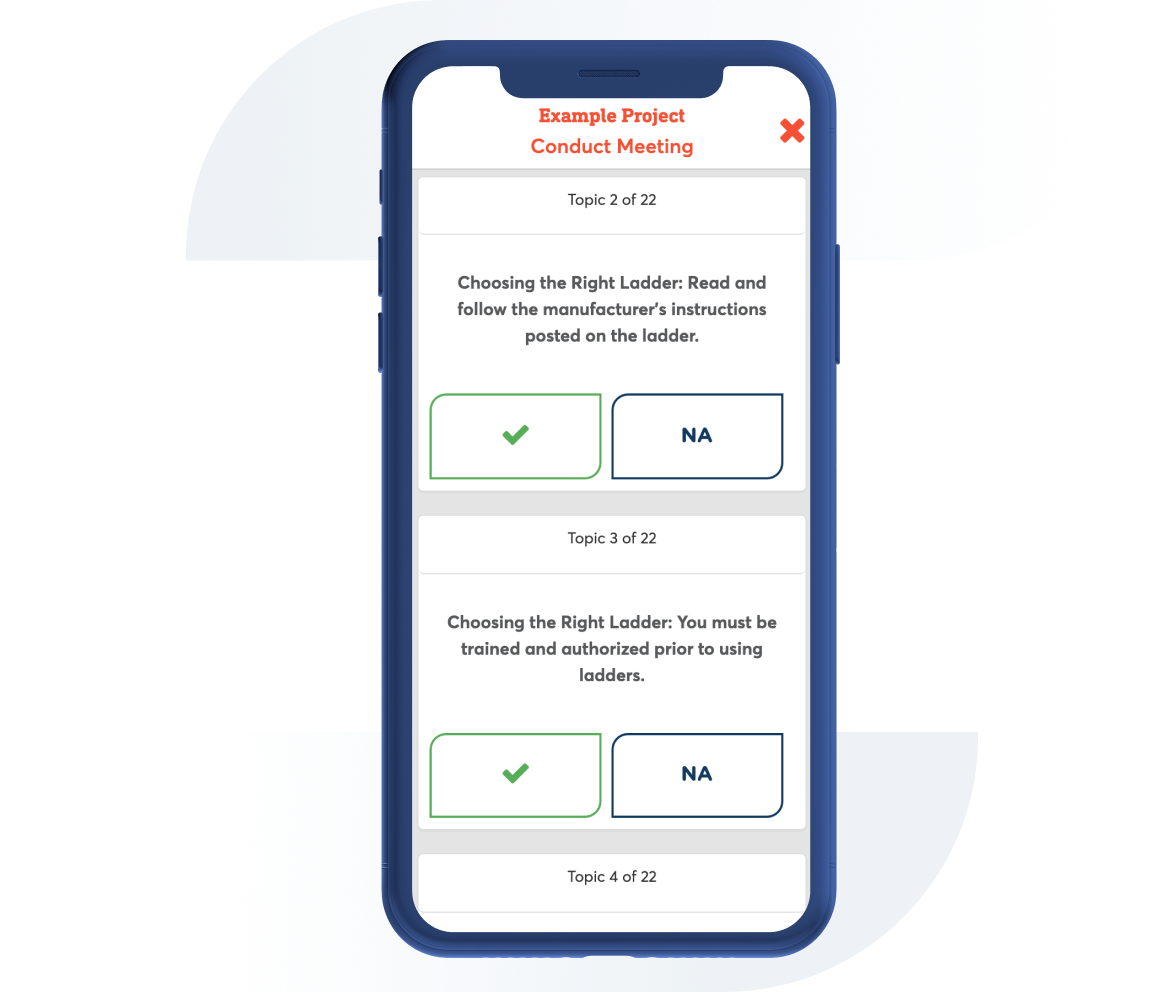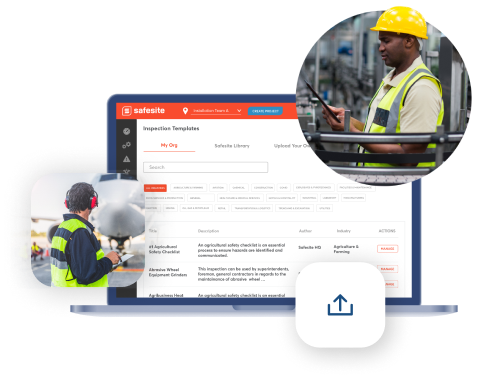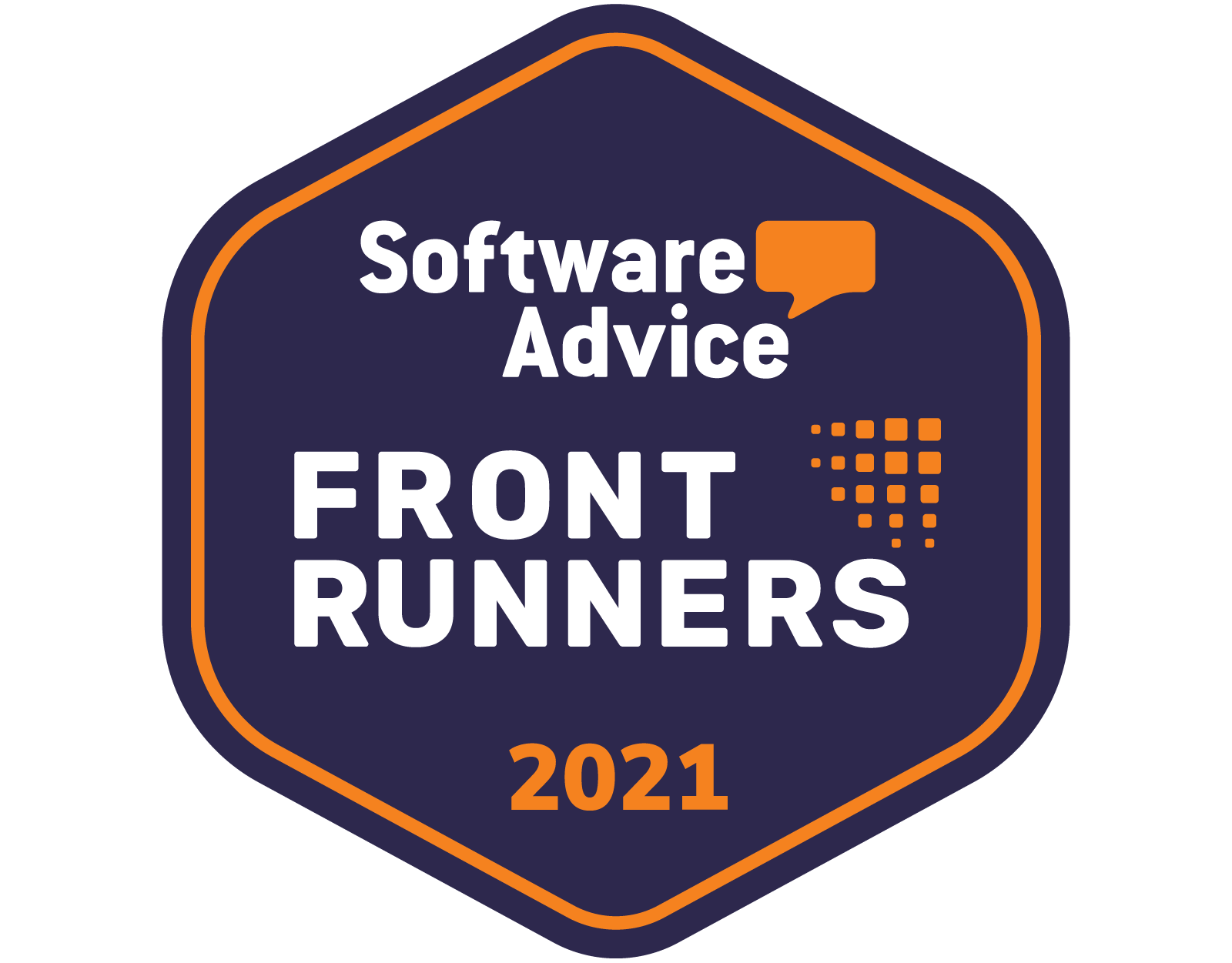Eye and Face Protection for Struck-by Hazards
Contributor: Safesite HQ 2 Jurisdiction: General
Use this safety meeting to discuss eye and face struck-by hazards and how eye and face protection can help prevent struck-by incidents on jobsites.

1. A struck-by incident is when a person is struck by an object or equipment. Struck-by hazards are categorized as flying, falling, swinging, and rolling objects.
2. OSHA requires that all affected employees use appropriate eye or face protection when exposed to hazards from flying particles (per 1910.133(a)(1) and 1926.102(a)(1)).
3. The most common causes of eye and face injuries are flying debris and dust, flying projectiles from objects or materials, and splashes from chemicals or other harmful liquids.
4. Some of the best ways to prevent eye hazards is proper housekeeping, machine guarding, and work zone barriers and parameters.
5. While we do what we can to prevent eye hazards in the work place, eye protection is also required to prevent foreign objects from entering your eyes.
6. According to the Bureau of Labor Statistics (BLS), where all OSHA recordable incidents are reported, the most common reason for eye injuries is employees were not wearing their safety glasses at the time of injury. The second most common reason for injury was because the type of eye protection was incorrect for the job.
7. While it is important to not only wear eye protection, it is as important to have the right style that are comfortable and functional, and that are the right protection for the job.
8. Safety glasses that have up to date ANSI ratings and that either wrap around the face or include side shields are recommended to prevent debris.
9. Safety goggles are another option to prevent flying particles and are also recommended to prevent chemical splashes.
10. Face shields are required in addition to safety glasses when grinding, chipping, and using certain chemicals.
11. Keep your eye protection clean by using lense wipes or other clean cloths. Avoid placing eye protection on a surface with the lense side down as this would cause scratching on the lenses. Do not use your shirt or dirty rag to clean your lenses; this will scratch them and make then dirty.
12. Once your eye protection gets a direct hit by debris, or gets any visible damage, it's time to replace them. In addition, follow manufacture recommendations on length of use as it likely will have an expiration date.
13. In addition to keeping up with housekeeping, machine guarding, and work parameters, what other ways can your jobsite prevent potential eye and face injuries?
Additional Comments

Can't find what you are looking for?
